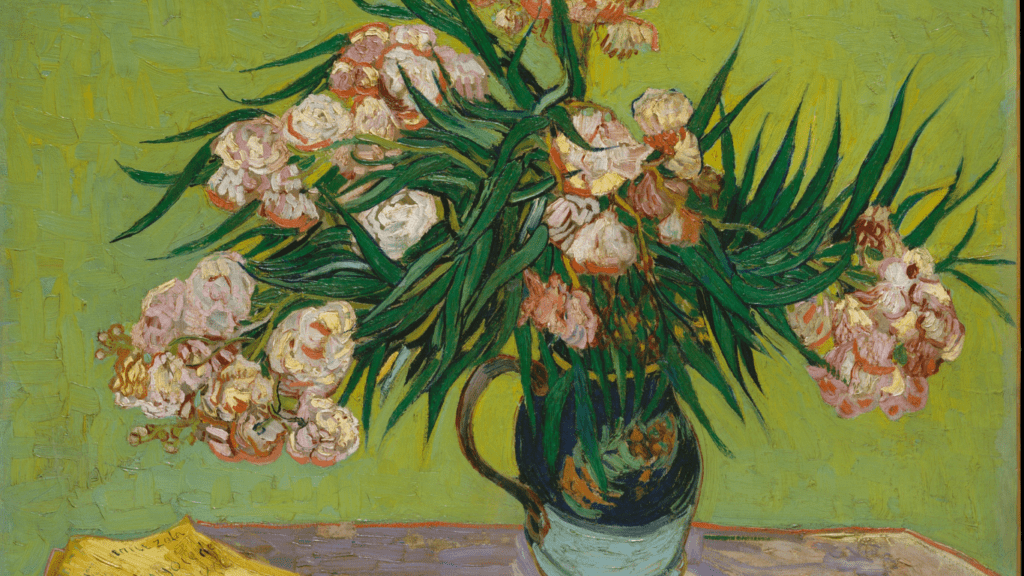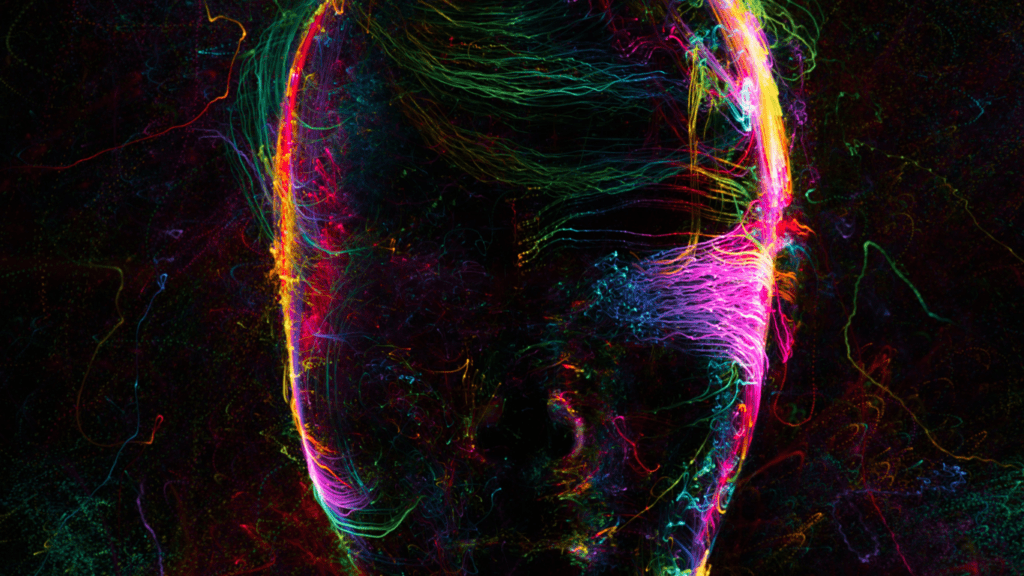Historical Context of Art in Social Movements
Art’s role in social movements isn’t a new phenomenon. It has deep historical roots that have evolved to meet the changing needs of society.
Early Examples
In the early 20th century, art became a key player in social movements. The Mexican Muralists, including Diego Rivera, David Alfaro Siqueiros, and José Clemente Orozco, used large-scale murals to address social and political issues. These murals depicted the struggles and aspirations of the working class, challenging the status quo. Their works gained wide recognition and had a significant impact on public opinion.
The Harlem Renaissance of the 1920s and 1930s also exemplifies art’s influence in social change. African American artists, writers, and musicians used their creative talents to fight against racial discrimination and promote cultural pride. Figures like Langston Hughes and Zora Neale Hurston highlighted African American experiences, pushing for social equality through their art and literature.
Evolution Over Time
As society evolved, so did the methods and mediums of art in social movements. In the 1960s and 1970s, the Civil Rights Movement in the United States saw artists like Emory Douglas of the Black Panther Party use graphic design and illustrations to spread messages of empowerment and resistance. Musicians like Bob Dylan and Nina Simone wrote songs that became anthems of the era, resonating with the masses and motivating action.
The rise of digital technology further transformed art’s role in movements. During the Arab Spring in the early 2010s, activists used digital art, videos, and social media platforms to mobilize protests and document events. Street art also gained prominence, with artists like Banksy using graffiti to comment on political and social issues. Digital art and online platforms allowed for quicker dissemination and global reach, amplifying the impact of artistic expressions.
Art continues to adapt, providing a powerful voice for social movements in today’s interconnected world.
Modern-Day Art and Activism
Art continues to play a pivotal role in social movements today. It’s a powerful tool for conveying messages and galvanizing support for various causes.
Prominent Movements
Numerous social movements employ art to amplify their voices. The Black Lives Matter (BLM) movement uses murals, street art, and digital media to highlight issues of police brutality and racial injustice. During the Women’s Marches, posters and banners with bold artwork became symbols of gender equality and women’s rights. The LGBTQ+ community relies heavily on visual arts for representation and advocacy, with rainbow flags and vibrant murals marking safe spaces and Pride events.
| Movement | Description |
|---|---|
| Black Lives Matter | Focuses on police brutality and racial injustice through various art forms |
| Women’s March | Employs posters and banners for gender equality and women’s rights |
| LGBTQ+ Rights | Utilizes visual arts to represent and advocate for LGBTQ+ community |
Key Artists and Their Work

Several artists stand out for their contributions to social movements. Shepard Fairey, known for the Obama “Hope” poster, continues to create politically charged art. Banksy, another influential figure, uses controversial street art to provoke thought and action on issues like refugee crises and consumerism. In the digital realm, artists like Ai Weiwei employ social media and digital installations to challenge government oppression and advocate for human rights.
| Artist | Notable Contributions |
|---|---|
| Shepard Fairey | Obama “Hope” poster, various political artworks |
| Banksy | Street art on refugee crises, consumerism |
| Ai Weiwei | Digital installations, social media activism |
These movements and artists show how art remains a vital force in driving social change and fostering global conversations.
Methods and Mediums
Art’s role in social movements today spans a variety of methods and mediums. These approaches contribute uniquely to the narrative and impact of societal change.
Visual Arts
Visual arts, including murals, graffiti, and posters, often dominate public spaces during protests and movements. Artists like Shepard Fairey use iconic imagery to advocate for social justice. Murals from the Black Lives Matter movement, particularly in urban areas, create lasting impressions and draw attention to systemic issues. Graffiti, a more spontaneous form, often features powerful messages that resonate with the public quickly.
Performance Arts
Performance arts include activities like theater, dance, and live poetry. These dynamic methods engage audiences emotionally and intellectually. Street performances during Women’s Marches highlight the intersection of art and activism. Flash mobs, a form of spontaneous dance, emphasize themes of freedom and solidarity. Live poetry, especially spoken word, delivers poignant reflections on social injustices.
Digital and Social Media
Digital and social media have revolutionized art’s impact on social movements. Platforms like Instagram and Twitter amplify activist art, reaching millions instantly. Digital illustrations and videos, often shared under hashtags like #MeToo, mobilize global audiences. Artists like Banksy leverage social media’s viral nature to spread their politically charged artworks. Online petitions and virtual galleries allow for broader participation in advocacy.
Each medium, while distinct, collectively enhances art’s capacity to inspire, engage, and drive social change.
Impact on Society
Art significantly influences society by shaping opinions, inspiring change, and sparking dialogues.
Changes in Public Perception
Art shapes public perception by portraying compelling narratives. For instance, the murals created during the Black Lives Matter movement vividly depict issues of racism and inequality, altering how people view systemic problems. Performance art, such as street theater during Women’s Marches, pushes the audience to reconsider gender norms. Digital art circulates widely on social media, helping issues like climate change gain mainstream attention. Each method alters societal views, encouraging a more inclusive and aware public.
Policy and Legislative Influences
Art impacts policy by raising awareness and mobilizing communities. The work of street artists like Shepard Fairey has inspired legislative discussions on civil rights. Visual arts lead to debates in public forums, impacting decisions on local and national levels. For example, art installations about gun violence have prompted policy reviews in various states. Activist art often becomes a catalyst for lawmakers to consider new perspectives and enact changes.
Case Studies
Examining specific case studies reveals how art shapes and supports social movements.
Black Lives Matter
Art has played a pivotal role in the Black Lives Matter (BLM) movement. Artists use murals to memorialize victims of police violence. For instance, the mural of George Floyd in Minneapolis sparked global conversations about racial injustice. Social media platforms amplify digital artworks and memes, helping the movement gain worldwide traction. Public spaces often feature performance pieces that confront systemic racism and encourage public engagement.
Climate Change Activism
Climate change activism sees artists focusing on environmental themes. They create installations like Olafur Eliasson’s “Ice Watch,” which displays melting ice blocks to represent glacial ice melt, highlighting climate change’s urgency. Street artists paint murals advocating for renewable energy and sustainability. Youth-led movements, such as Greta Thunberg’s Fridays for Future, frequently use art to convey their messages on social platforms, magnifying their reach and impact.
LGBTQ+ Rights Movements
In the LGBTQ+ rights movement, art serves as both expression and activism. Murals and installations, such as the rainbow-colored crosswalks in various cities, visually symbolize pride and solidarity. Theatrical performances and drag shows often challenge societal norms and promote acceptance. Digital media campaigns, featuring compelling graphics and videos, educate and mobilize supporters. Iconic works, including Keith Haring’s art, continue to inspire and advocate for LGBTQ+ rights globally.
Challenges and Controversies
Art used in social movements faces significant challenges and controversies that impact its effectiveness and reception.
Censorship
Authorities often censor activist art to control dissent and maintain public order. Governments and institutions might remove murals, ban performances, or restrict exhibitions if they perceive them as politically provocative or disruptive. In 2014, Cuban authorities arrested artists participating in the dissident group “El Sexto,” and confiscated their works critiquing socialism. This constraint limits the voice of the marginalized and stifles discussion on critical social issues.
Misrepresentation and Appropriation
- Often, mainstream culture misrepresents or appropriates activist art, diluting its original intent.
- Companies may commercialize social movement symbols for profit without acknowledging the originating struggle.
- The Black Lives Matter movement’s slogan has appeared in various commercial goods with no connection to the movement itself.
- This practice diminishes the message, diverts focus, and can exploit the communities the art aims to support.
- These challenges and controversies complicate the role of art in social movements, but they also highlight the resilience and adaptability of artists and activists in navigating and confronting these obstacles.





